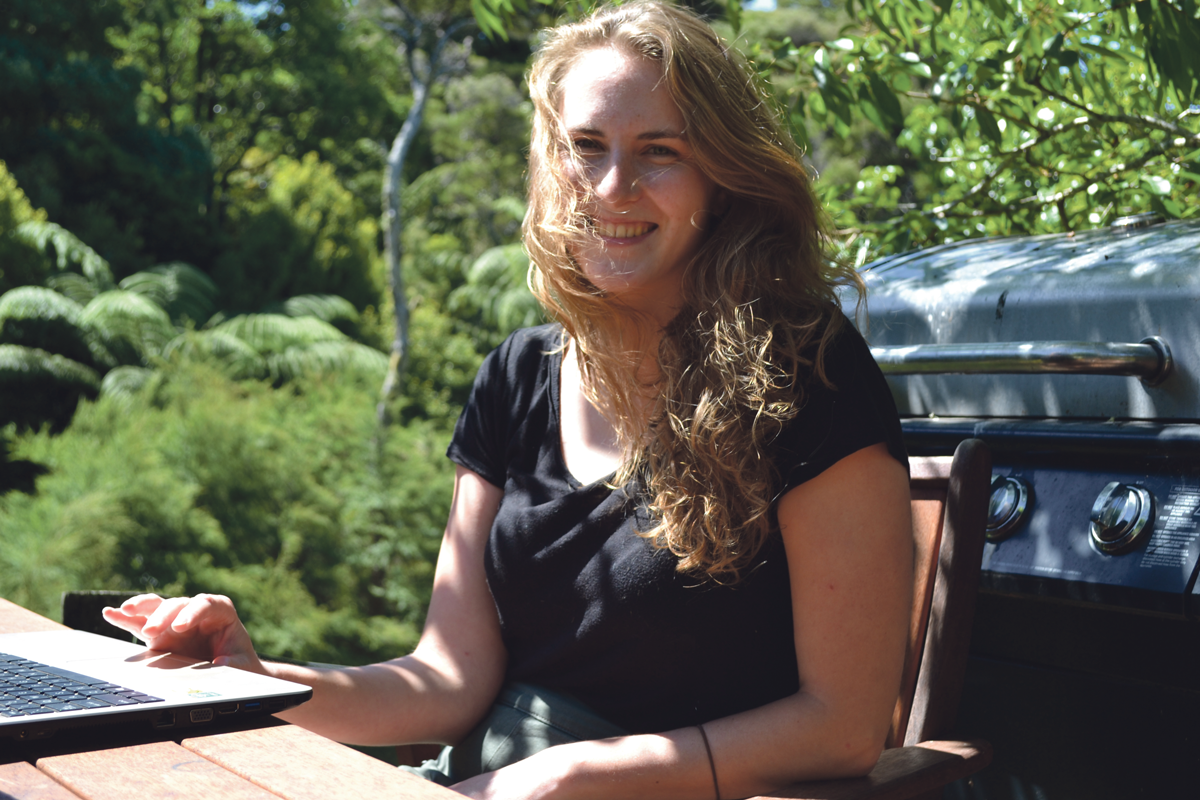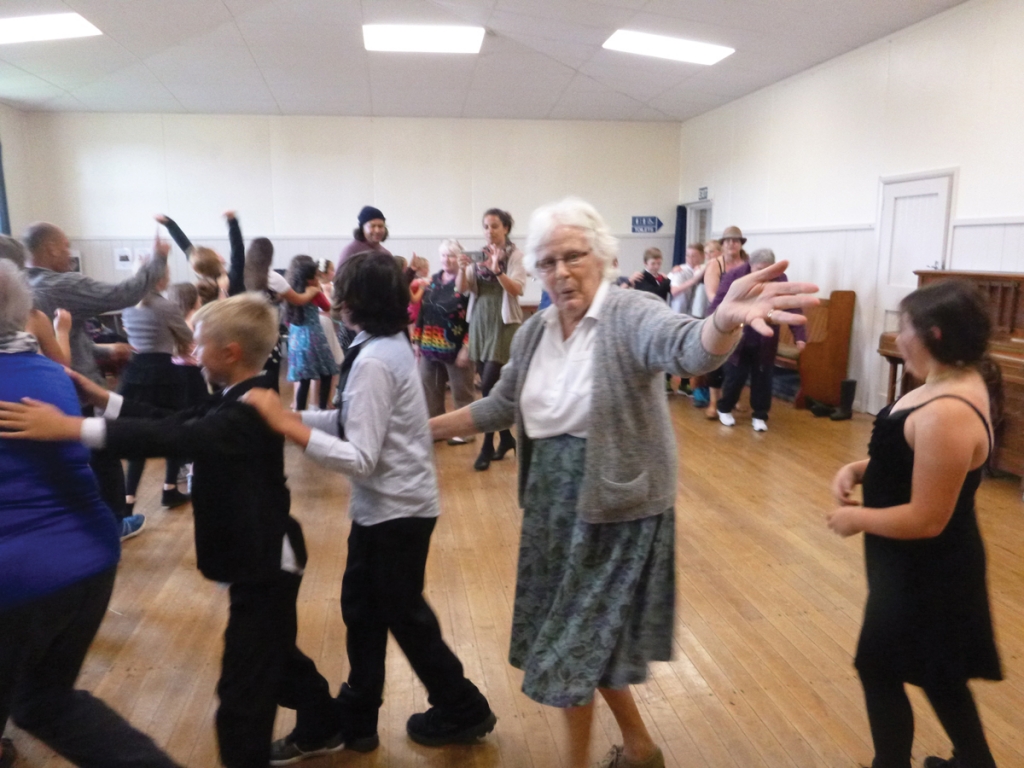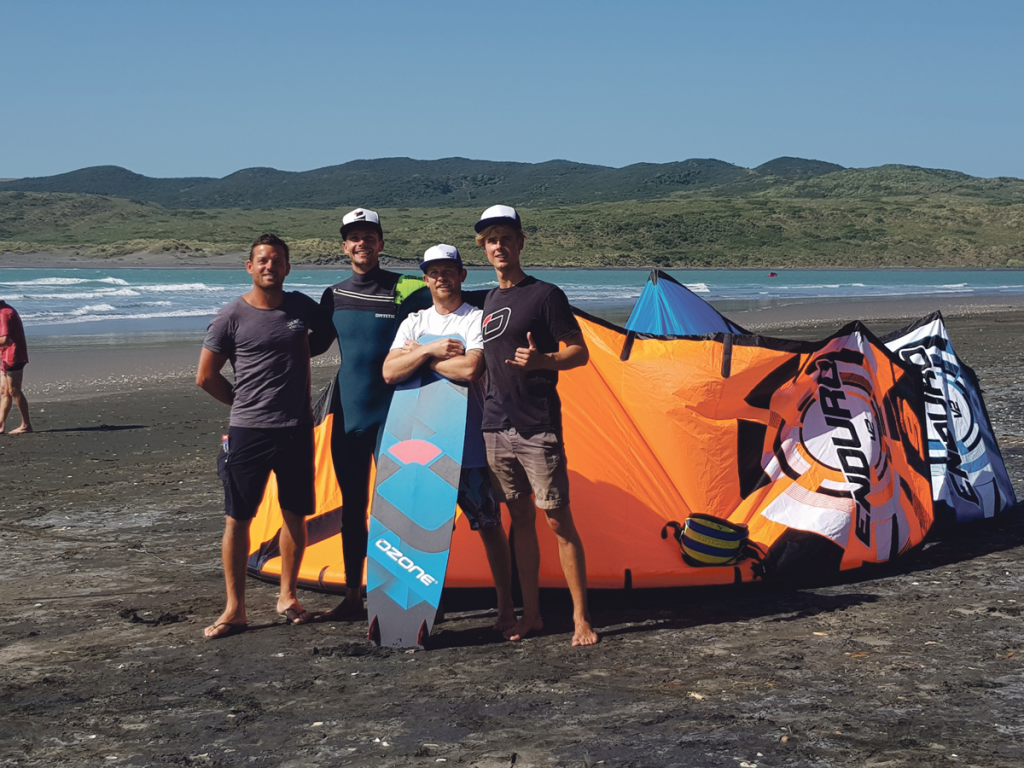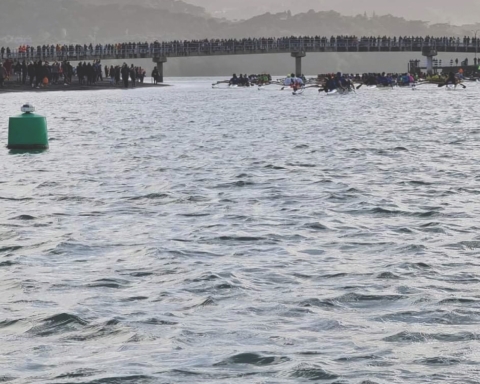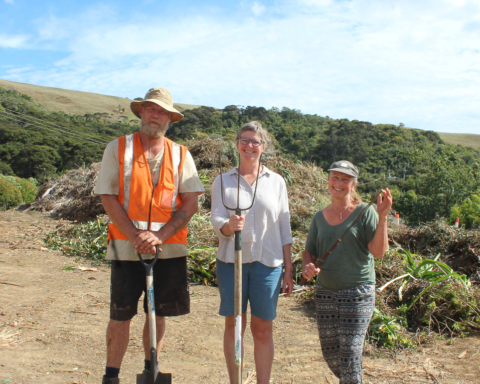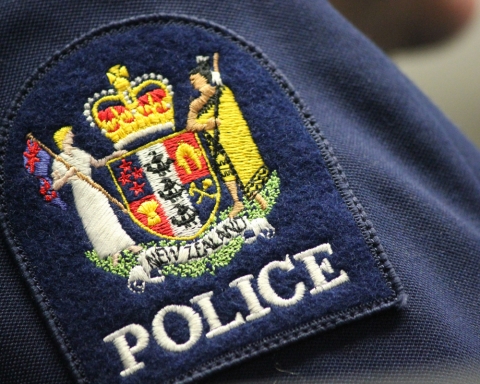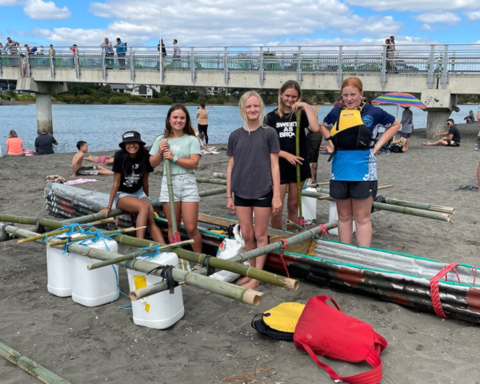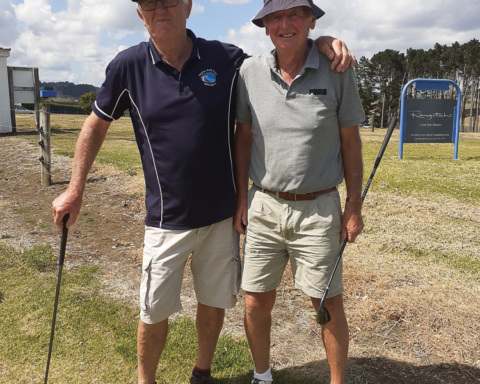Huddling in a tent in Antarctica as temperatures plunge to minus six overnight is a far cry from Clare Beet’s warm childhood memories of camping out every summer alongside Wainui stream down the bottom of her parents’ Raglan property.
But needs must for this 25-year-old PhD student who ultimately hopes to become a research scientist.
Right now she’s on her second field trip to the world’s most southern landmass – and setting up camp in what’s also the coldest, driest, windiest and highest of the continents is just part and parcel of what’s required.
“It’s definitely an experience,” Clare told the Chronicle before leaving Raglan on Tuesday for Christchurch, where she was to be kitted out at Antarctica New Zealand (Institute) for the big trip ahead.
“Two pairs of long-johns, six thermals, three jackets, pants, boots, gloves, ski mask and buff for the neck,” she itemised off the top of her head.
“You fly down on a Hercules, an American military plane, wearing extreme weather boots and jacket,” she explained. “The Hercules lands on retractable skis.”
After a seven or eight-hour flight, the 20 to 30-odd passengers plus cargo will be deposited in Antarctica on sea ice. “It’s just white everywhere with a couple of mountains in the distance,” she added. “Awesome!”
From there it’s a bus trip to Scott Base – the New Zealand Antarctic research facility “over the road” from the larger US McMurdo Station – where visiting scientists, engineers, politicians, media, photographers, builders and cleaners all congregate.
“It feels like everyone’s kind of equal,” Clare insists. A huge mix of people is involved in the running of Scott Base, which can accommodate 85 guests at any one time but hosts more than 300 during the summer season.
Clare will spend the first couple of days re-doing her field training out on the ice – which means learning how to build a kitchen shelter, use the gas cookers and put up the tents – before venturing further away to camp as part of a small research team in a dry desert-cum-rocky region for a few weeks, studying Antarctic Springtails.
They’re terrestrial (land) invertebrates that look like ants, she says. At about one-and-a-half millimetres long, they’re the largest year-round animal in Antarctica because the penguins and seals spend a lot of time offshore. “But the springtails tough it out all year round.”
Her project is part of a bigger programme looking at the resilience of Antarctic ecosystems in the face of global warming, she adds. The springtails will be located among the rocks of the Dry Valleys region and “heated up” under plastic cloches or tents to see the genetic impact this has on their survival.
Clare was on a similar mission two years ago and has a vivid memory of waking up in her shared tent to the alien landscape around her.
“There was this massive glacier in front of me with no-one else around for miles. It’s a humbling experience away from everyone at the bottom of the world … you almost have to pinch yourself.
“But I feel like last time I was quite overwhelmed by a lot of it and this time will appreciate it more.”
Clare says she always wanted to go to Antarctica. And when working on a summer research project at Waikato University in 2015 “the opportunity fell into my lap”. That was when a supervisor asked her if she wanted to participate in the programme. “And you don’t say no to a question like that.”
Just before her first field trip she also discovered that fellow Waikato University student Dean Sandwell – who also grew up in Upper Wainui Road, a few doors from Clare – was on the same excursion. “How unlikely is that!” she laughs.
But that was then and this is now and so far, says Clare, “2018 is looking pretty good for me”. On her return from Antarctica in February she’ll be busy working on her PhD, then come mid year she’s off to the Canadian Arctic “to replicate the (springtails) experiment at both ends of the world”.
There’ll be another trip early next year back to Antarctica, she adds.
Clare says it’s hard not to be impressed by the wildlife and the pristine environment of Antarctica. “Last time one of the engineers (at Scott Base) set up a hot tub outside and we just sat there looking at all the seals.”
And on a helicopter flight out to the field “past the edge of the ice shelf just beyond a small group of penguins” there were literally hundreds of orcas, she recalls. “It’s hard to comprehend.”
Edith Symes
